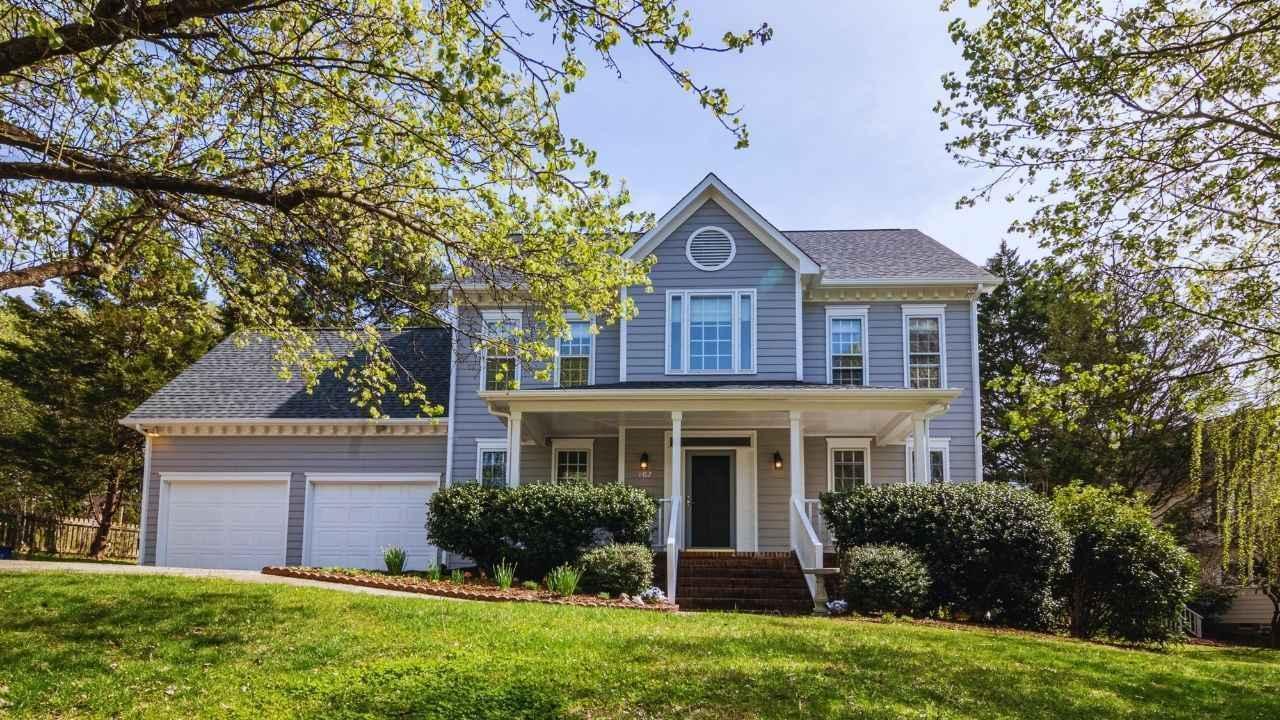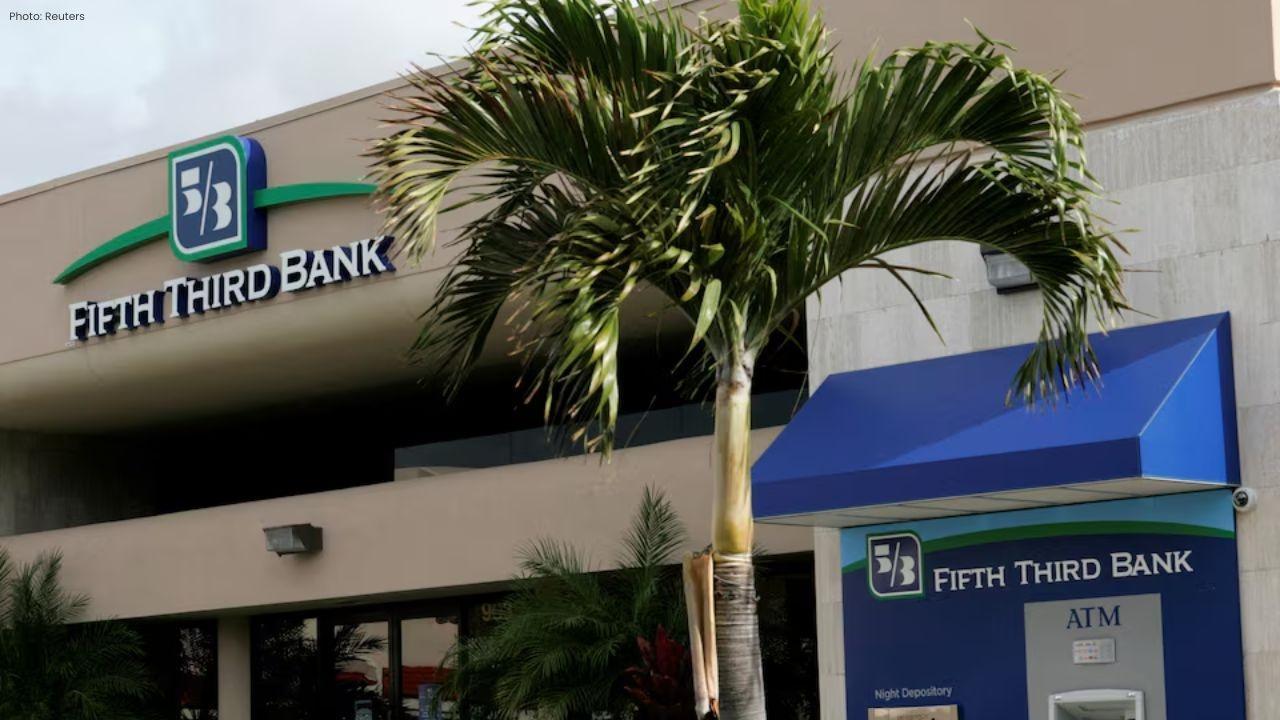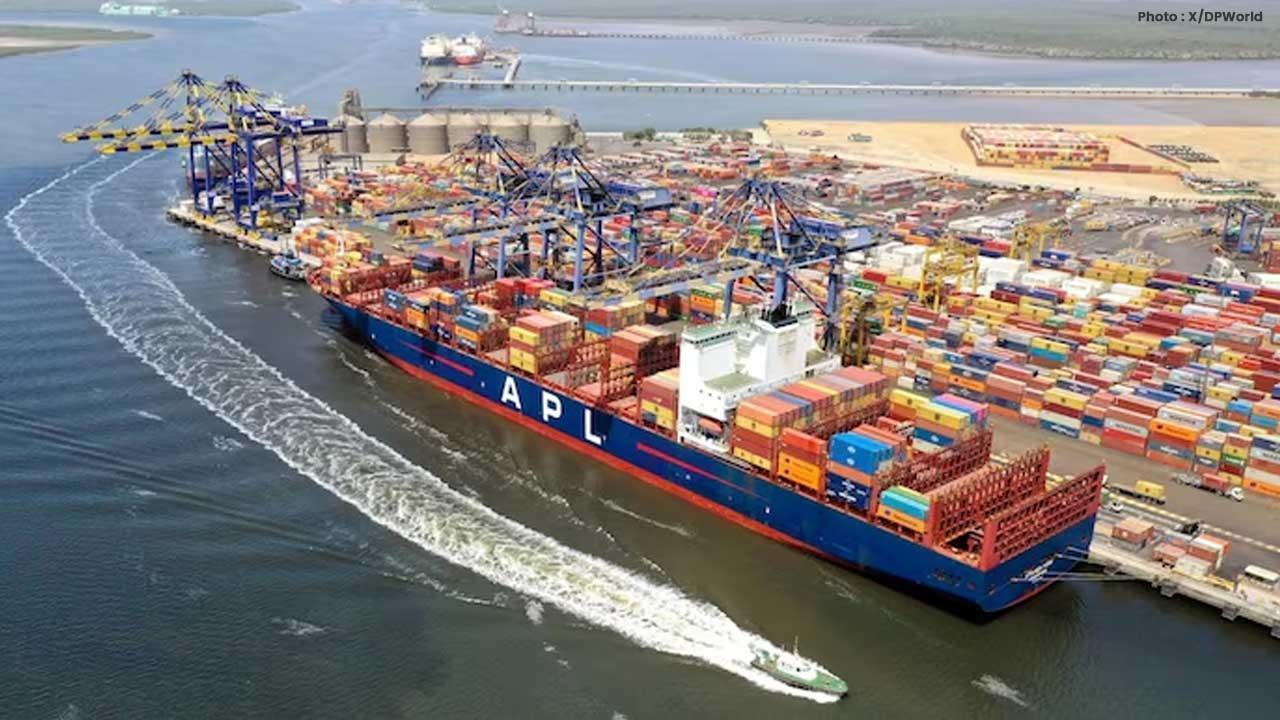
Join 10k+ people to get notified about new posts, news and tips.
Do not worry we don't spam!

Post by : Anis Farhan
The real estate industry is undergoing a profound transformation. As urban populations grow and environmental concerns intensify, developers and city planners are embracing technology and sustainability to create smarter, greener living spaces. Smart homes, energy-efficient buildings, and sustainable city designs are no longer optional—they are becoming essential components of modern real estate.
For homeowners, investors, and urban dwellers, this shift presents opportunities to live in connected, efficient, and environmentally responsible communities. The combination of convenience, safety, and sustainability is redefining how cities function and how individuals experience urban life.
Smart homes integrate advanced technology to enhance convenience, safety, and energy efficiency. These residences utilize IoT devices, AI-driven systems, and automated controls to improve daily living.
Key features of modern smart homes include:
Home Automation: Smart lighting, climate control, and appliances reduce energy consumption and improve comfort.
Security Systems: AI-powered cameras, motion sensors, and smart locks enhance home security.
Voice and App Control: Residents can manage devices through smartphones, tablets, or voice commands.
Energy Management: Real-time monitoring of energy usage allows efficient consumption and cost savings.
Smart homes appeal to tech-savvy homeowners and environmentally conscious individuals seeking convenience and modern living solutions.
Sustainability is a driving force in contemporary real estate. Green buildings reduce environmental impact while providing healthier living environments.
Features of sustainable architecture include:
Energy-Efficient Design: Solar panels, high-performance insulation, and energy-efficient windows minimize consumption.
Water Conservation: Rainwater harvesting, greywater recycling, and low-flow fixtures reduce water usage.
Sustainable Materials: Recycled, renewable, and low-carbon materials are used in construction.
Indoor Air Quality: Proper ventilation and natural materials enhance residents’ well-being.
Developers and municipalities are increasingly prioritizing green certifications and environmentally conscious construction practices to meet global sustainability standards.
Cities are embracing smart technologies to improve efficiency, connectivity, and sustainability. Smart city initiatives involve integrating digital infrastructure with urban planning:
IoT Networks: Sensors and data collection improve traffic management, energy distribution, and public safety.
Smart Mobility: Electric vehicle charging stations, autonomous transport, and ride-sharing platforms enhance accessibility.
Waste Management: AI-powered monitoring systems optimize collection and recycling.
Public Services: Digital platforms allow residents to access healthcare, education, and administrative services efficiently.
Smart city frameworks ensure that urban growth is sustainable, efficient, and responsive to residents’ needs.
Sustainable cities are not just about individual buildings—they emphasize community-wide planning.
Key elements include:
Green Spaces: Parks, urban forests, and recreational areas improve air quality and enhance quality of life.
Mixed-Use Developments: Combining residential, commercial, and recreational spaces reduces travel and promotes local economies.
Public Transportation: Accessible, eco-friendly transit options decrease carbon emissions and traffic congestion.
Resilient Infrastructure: Flood-resistant designs, renewable energy grids, and climate-adaptive structures ensure long-term sustainability.
These elements create communities that are environmentally responsible, socially inclusive, and economically vibrant.
Smart homes play a vital role in energy conservation within sustainable cities:
Automated Lighting and HVAC: Systems adjust based on occupancy, time of day, and climate, lowering energy waste.
Renewable Energy Integration: Solar panels and energy storage systems reduce dependence on non-renewable sources.
Smart Meters: Real-time tracking of energy consumption encourages residents to adopt eco-friendly habits.
Remote Monitoring: Homeowners can manage devices from anywhere, reducing unnecessary energy use.
These features make smart homes not only convenient but also environmentally responsible.
The demand for smart homes and sustainable real estate is growing rapidly:
Investor Interest: Developers are focusing on eco-friendly and technologically advanced projects to attract premium buyers.
Higher Property Value: Sustainable and connected homes often command higher prices due to long-term savings and lifestyle benefits.
Rental Market Appeal: Tenants increasingly prefer residences offering smart technology and energy efficiency.
Government Incentives: Subsidies, tax benefits, and grants for green construction encourage adoption.
This trend is reshaping real estate investment strategies and influencing urban development policies.
Despite growing interest, smart homes and sustainable cities face challenges:
High Initial Costs: Advanced technology and eco-friendly materials can increase construction expenses.
Integration Complexity: Coordinating various IoT devices, software platforms, and infrastructure requires expertise.
Maintenance Requirements: Smart systems demand regular updates and skilled maintenance.
Public Awareness: Educating residents about benefits and proper usage is essential for adoption.
Addressing these challenges ensures long-term viability and maximizes the benefits of smart and sustainable living.
Several cities and projects serve as benchmarks:
Singapore: Known for extensive smart city initiatives, integrating sensors, smart mobility, and sustainable urban planning.
Copenhagen, Denmark: Focuses on renewable energy, cycling infrastructure, and green buildings.
Songdo, South Korea: A planned smart city with connected systems for traffic, energy, and public services.
Masdar City, UAE: A zero-carbon city emphasizing renewable energy, sustainable design, and autonomous transport.
These examples illustrate the potential of combining technology and sustainability to create livable, efficient, and eco-conscious urban spaces.
Government policies and regulations play a crucial role in promoting smart and sustainable real estate:
Building Codes: Mandates for energy efficiency, renewable integration, and sustainable materials.
Incentive Programs: Tax breaks, grants, and subsidies encourage developers to adopt green practices.
Urban Planning Guidelines: Regulations support mixed-use development, public transit accessibility, and green spaces.
Technology Standards: Ensures compatibility and security for smart home and city systems.
Effective policies accelerate adoption, improve quality, and ensure long-term sustainability.
The future of real estate is increasingly intertwined with technology and sustainability:
AI-Driven Urban Management: Predictive analytics will optimize energy usage, traffic, and resource allocation.
Autonomous Mobility Integration: Self-driving public transport and electric vehicles will reduce congestion and emissions.
Smart Infrastructure Expansion: Cities will deploy sensors, AI, and connected networks for enhanced efficiency.
Climate-Adaptive Design: Buildings will incorporate resilient materials, renewable energy, and water-efficient systems.
As demand grows for connected, eco-friendly living, developers and cities that innovate will lead the market.
Smart homes and sustainable cities represent the next frontier in real estate. They offer residents enhanced convenience, safety, and energy efficiency while contributing to environmental conservation. Advanced technology, eco-conscious design, and forward-thinking urban planning are transforming how people live, work, and interact with their surroundings.
For investors, developers, and urban planners, embracing these trends ensures relevance in a rapidly evolving market. For residents, it means living in connected, efficient, and healthier environments that align with modern lifestyles and ecological responsibility. The integration of smart technology and sustainable principles is no longer a luxury but a necessity, shaping the cities of 2025 and beyond.
This article is for informational purposes only. Real estate trends, technologies, and policies discussed reflect observations as of 2025. Readers should consult real estate professionals, urban planners, or financial advisors before making investment or housing decisions.










Mitchell Marsh Backs Aggressive Plan Ahead of India T20 Series
Australia captain Mitchell Marsh says his team will continue playing fearless cricket as they prepar

Smriti Mandhana Becomes World’s No.1 ODI Batter
India’s Smriti Mandhana rises to No.1 in ICC Women’s ODI rankings with a career-best rating of 828 a

Suryakumar Yadav Focuses on Team Spirit and Fielding Goals
India captain Suryakumar Yadav stresses teamwork, energy, and stronger fielding efforts ahead of the

Sherwood Leads Canucks to Overtime Win Against Oilers
Kiefer Sherwood scored twice, including an overtime winner, as Vancouver Canucks defeated Edmonton O

Freeman Leads Dodgers to 6-5 Thriller Over Blue Jays
Freddie Freeman’s 18th-inning walk-off homer gives the Dodgers a thrilling 6-5 win over the Blue Jay

Bayern Target Another Victory in German Cup Match
Bayern Munich look to continue their perfect start to the season with a German Cup clash against Col